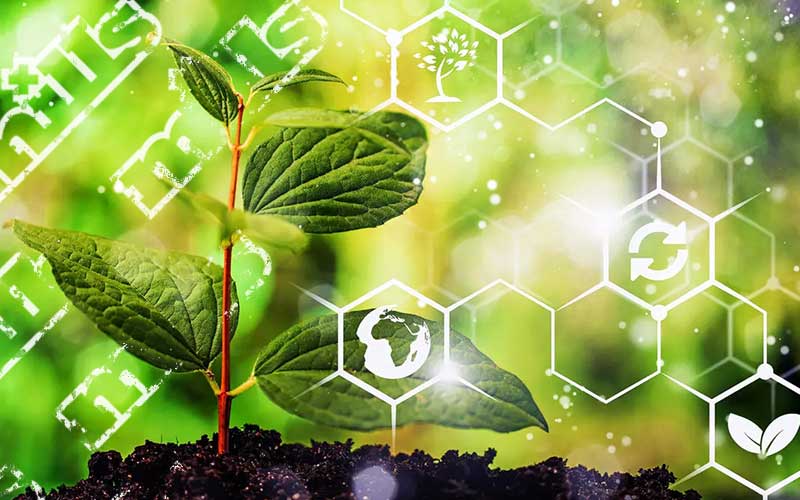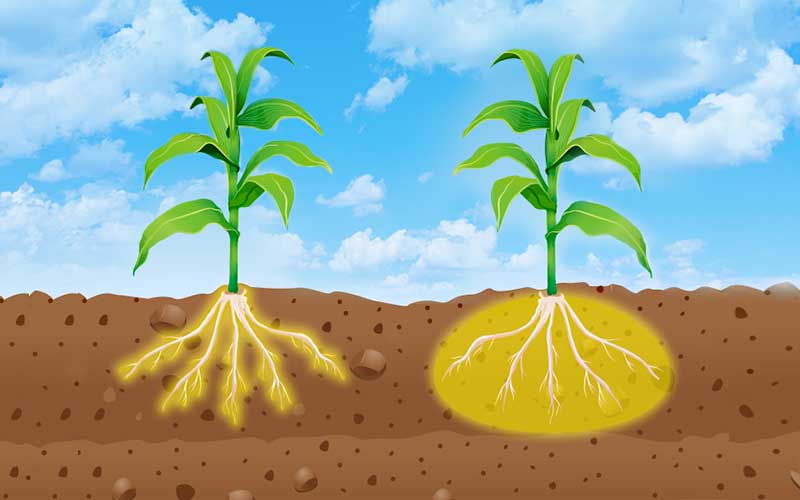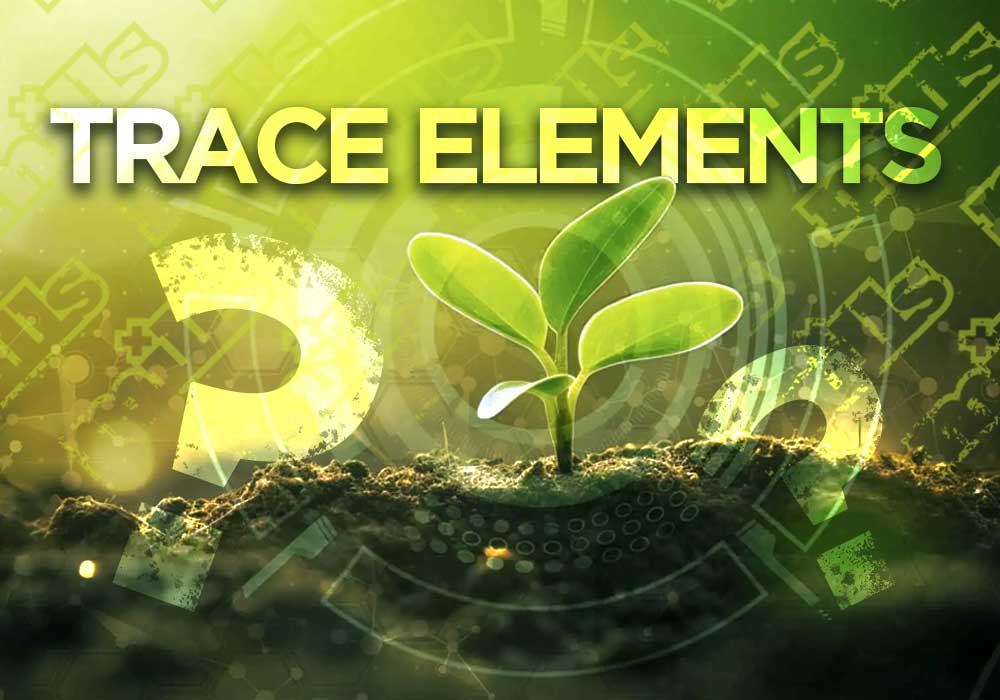In the world of horticulture, the health and productivity of plants depend on a delicate balance of nutrients. While macronutrients like nitrogen, phosphorus, and potassium are well-known for their roles in plant growth, trace elements, or micronutrients, are equally vital, albeit required in much smaller quantities. These trace elements play crucial roles in various physiological and biochemical processes within plants. In this blog, we’ll explore what trace elements are, why they are essential, and identify the key trace elements needed for optimal plant health.
What Are Trace Elements?
Trace elements, also known as micronutrients, are essential chemical elements that plants require in minute amounts, often measured in parts per million (ppm). Despite their small quantities, they are indispensable for plant growth and development. These elements act as catalysts for various biochemical reactions, influencing processes such as photosynthesis, enzyme activation, and nutrient absorption
Why Are Trace Elements Needed?
1. Catalysts for Biochemical Reactions
Trace elements serve as cofactors for enzymes, which are proteins that speed up biochemical reactions in plants. For example, zinc (Zn) is a cofactor for enzymes involved in the synthesis of auxins, which are growth hormones that regulate cell elongation and division
Without these trace elements, many critical reactions would occur too slowly to sustain healthy plant growth.

2. Photosynthesis and Chlorophyll Production
Iron (Fe) is a key component of chlorophyll, the pigment responsible for capturing light energy during photosynthesis
A deficiency in iron can lead to chlorosis, a condition where leaves turn yellow due to insufficient chlorophyll production. Similarly, manganese (Mn) plays a role in the photosynthetic process by aiding in the formation of oxygen from water

3. Nutrient Uptake and Utilization
Trace elements enhance the uptake and utilization of other nutrients. For instance, molybdenum (Mo) is essential for the enzyme nitrate reductase, which converts nitrate into ammonium, a form of nitrogen that plants can readily use
Boron (B) is crucial for the transport of sugars and the development of cell walls, impacting overall plant structure and nutrient distribution.

4. Stress Resistance
Trace elements help plants cope with environmental stresses such as drought, salinity, and pest attacks. Copper (Cu) is involved in lignin synthesis, which strengthens cell walls and enhances resistance to pathogens
Nickel (Ni) is essential for the activation of urease, an enzyme that helps plants detoxify urea, a byproduct of nitrogen metabolism

Key Trace Elements in Horticulture
- Iron (Fe): Essential for chlorophyll synthesis and overall plant Vigor. Deficiency leads to chlorosis.
- Zinc (Zn): Crucial for enzyme activation and growth hormone regulation. Deficiency can cause stunted growth and malformed leaves.
- Copper (Cu): Facilitates electron transfer in metabolic reactions and supports lignin synthesis. Deficiency can result in poor growth and increased disease susceptibility.
- Manganese (Mn): Vital for photosynthesis and nitrogen metabolism. Deficiency can cause interveinal chlorosis and reduced growth.
- Molybdenum (Mo): Necessary for nitrogen fixation and enzyme activity. Deficiency can lead to poor nitrogen utilization and stunted growth.
- Boron (B): Aids in cell wall formation, pollination, and seed development. Deficiency can cause brittle stems and poor fruit set.
- Chlorine (Cl): Assists in osmosis and photosynthesis, contributing to proper water balance. Deficiency is rare but can affect overall plant health.
- Nickel (Ni): Essential for nitrogen metabolism and certain enzyme functions. Deficiency can impair nitrogen utilization and overall growth
Conclusion
Trace elements, though required in minute quantities, are indispensable for the healthy growth and development of plants. They act as catalysts for biochemical reactions, support photosynthesis, enhance nutrient uptake, and improve stress resistance. Understanding the roles and importance of these micronutrients can help growers optimize their crop production and ensure robust plant health. By paying attention to the balance of trace elements in your horticultural practices, you can achieve healthier, more productive plants.
Have you noticed any improvements in your plants after addressing trace element deficiencies? Share your experiences!

